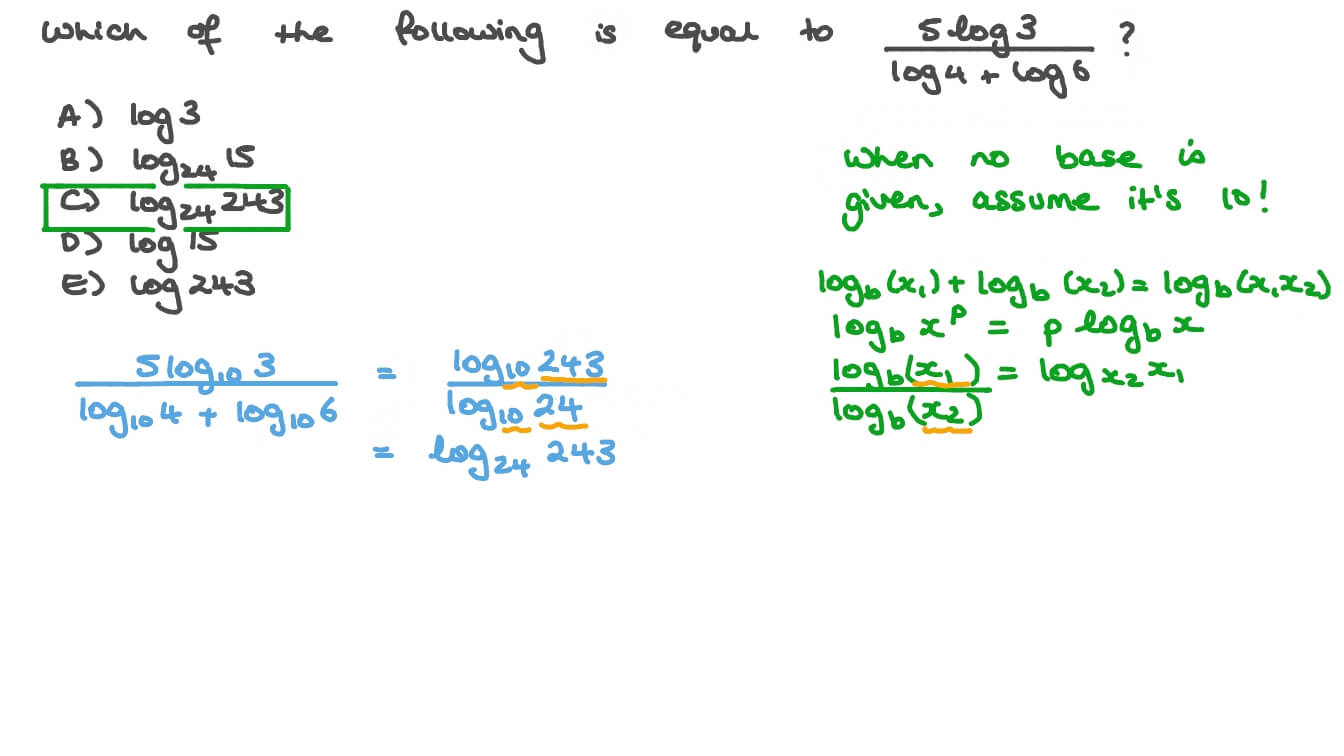

Let's go Derivative Rule of a Logarithmic Function If we are given a logarithmic function, in which no base is given, then we assume that the base of that function is equal to 10. The value of the base e in natural logarithms is equal to 2.71828. Before the base, we wrote log, and hence in this way we converted the exponential form of the equation to a logarithmic form.Ī common logarithmic function has a base of 10 and a natural logarithm has a base e. x was moved to the right hand side of the equation and y to the left hand side of the equation. The other two variables y and x changed their positions, i.e.


This base "a" of the exponential equation was written as base of the converted logarithmic function. To convert the exponential function into logarithmic form, we first identified the base " a" of the function. For instance, the exponential function is written like this in logarithmic form:
+Find+derivatives+for+f+(x)+%3D+log5+x+f+´(x)+%3D.jpg)
In other words, the attribute that uniquely describes the exponential functions is that their powers or exponents are the independent variables.Ī logarithmic function is an inverse of the exponential function. You can see that in an exponential function, the exponent of the base is an independent variable. The exponential functions are of the form: You will be familiar with the exponential functions. Integration is inverse process of the differentiation. Geometrically, the derivative of the function is represented as slope because slope tells us the rate of change of the function at a point. Mathematically, the derivative of the function f(x) is denoted as follows: The procedure of finding the derivative of the function is known as differentiation. Before discussing how to compute the derivative of a logarithmic function, first, let us recall the definition of a derivative.Īn instantaneous rate of change of a function at a given point is known as derivative In this article, we will discuss how to compute the logarithmic derivative with examples.


 0 kommentar(er)
0 kommentar(er)
